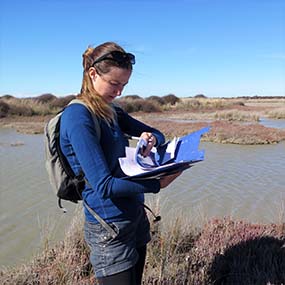Estuaries
Experts in estuary monitoring programmes and tools.
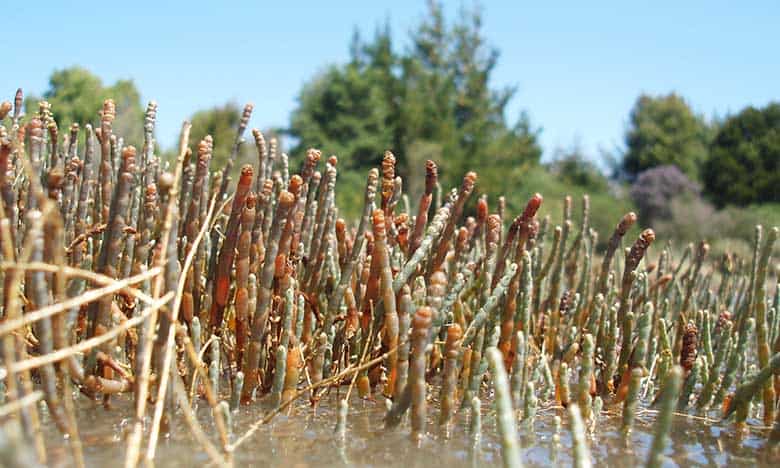
Estuaries
Experts in estuary monitoring programmes and tools.
Estuaries are dynamic mixing zones between rivers and the ocean that support some of the most productive eco-systems on earth. Cawthron researchers are experts in estuary monitoring – from research and health assessments, to the development of estuarine monitoring programmes and tools.
Estuary Monitoring Tools
Increasing loads of sediment, nutrients and other pollutants are entering our estuaries and causing significant changes, threatening the ecosystems they support. Accurate baseline data should be used to inform decision-making on the management of estuarine areas and other activities in the catchment or surrounding coastal environments that impact on them. Cawthron’s capabilities in this area range from the design of estuary ‘state of environment’ or consent monitoring programmes to the development of tools (using both molecular and benthic technologies) to support consistent, accurate and efficient monitoring.
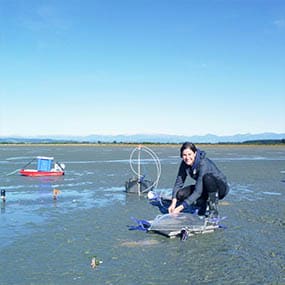
Design and Review of Estuarine Monitoring Programmes
Cawthron researchers developed the first National Estuary Monitoring Protocol in 2002 on behalf of the Ministry for the Environment and supporting councils. In the decades that have followed, Cawthron has remained at the forefront of estuarine monitoring research and development, leading phase one of the Ministry for the Environment-funded ‘Managing Upstream’ project which identified key estuarine attributes and important indicators of estuarine state. Cawthron, NIWA, the University of Waikato have recently released a new tool called the National Benthic Health Models which can be used to assess the health of any estuary in New Zealand.
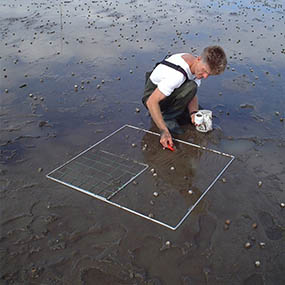
Molecular Monitoring Technologies
Cawthron researchers are currently developing an environmental DNA (eDNA) metabarcoding to tool identify species from genetic fragments in estuarine sediment. The approach has potential as a cost-effective, rapid and reliable option for comprehensive environmental assessment, and Cawthron is developing an eDNA tool that can be used for routine monitoring. This technology will complement existing benthic monitoring methods and help to ensure there are standardised and consistent monitoring methods employed throughout New Zealand.
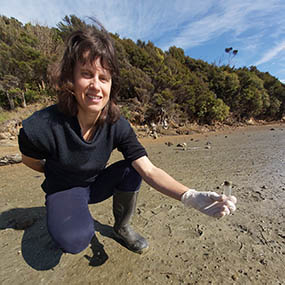
Seagrass Health Assessments
From promoting biodiversity, to cycling nutrients, healthy seagrass beds are integral to the health of estuarine and coastal environments. Cawthron conducts seagrass health assessments for a range of public and private clients as part of regular monitoring activities, impacts assessments and environmental management planning processes.
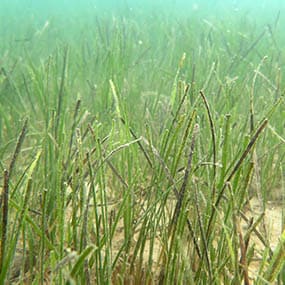
Estuary Research
Cawthron regularly undertakes research into estuaries on behalf of government and private clients and through our own internal investment funds. Recent research outputs include:
- Development of models to predict how key species and overall estuary health will change in response to future scenarios as part of an Integrated Spatial Planning Tool for Tauranga Harbour
- Compilation of a National Estuary Dataset
- Assessing the suitability of biotic indices for estuary health monitoring in New Zealand
- Exploring links between freshwater and estuary health
- Demonstrating changes in community structure are observed at metal concentrations below sediment guideline thresholds
- Disentangling the effect of land-derived stressors and natural environmental variability on estuarine benthic communities
